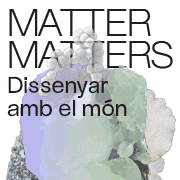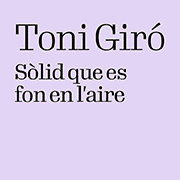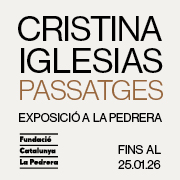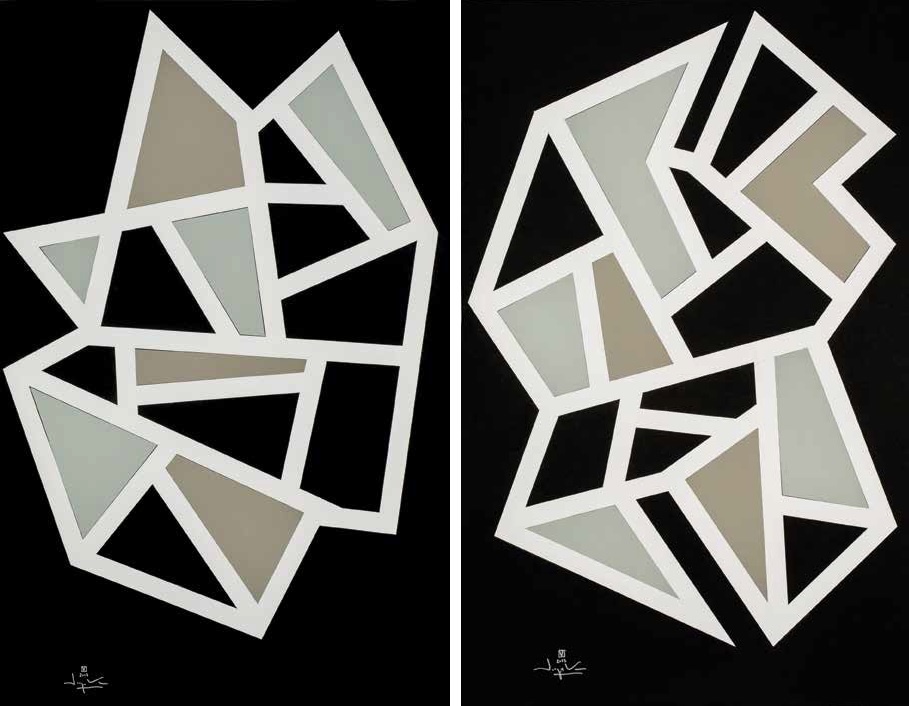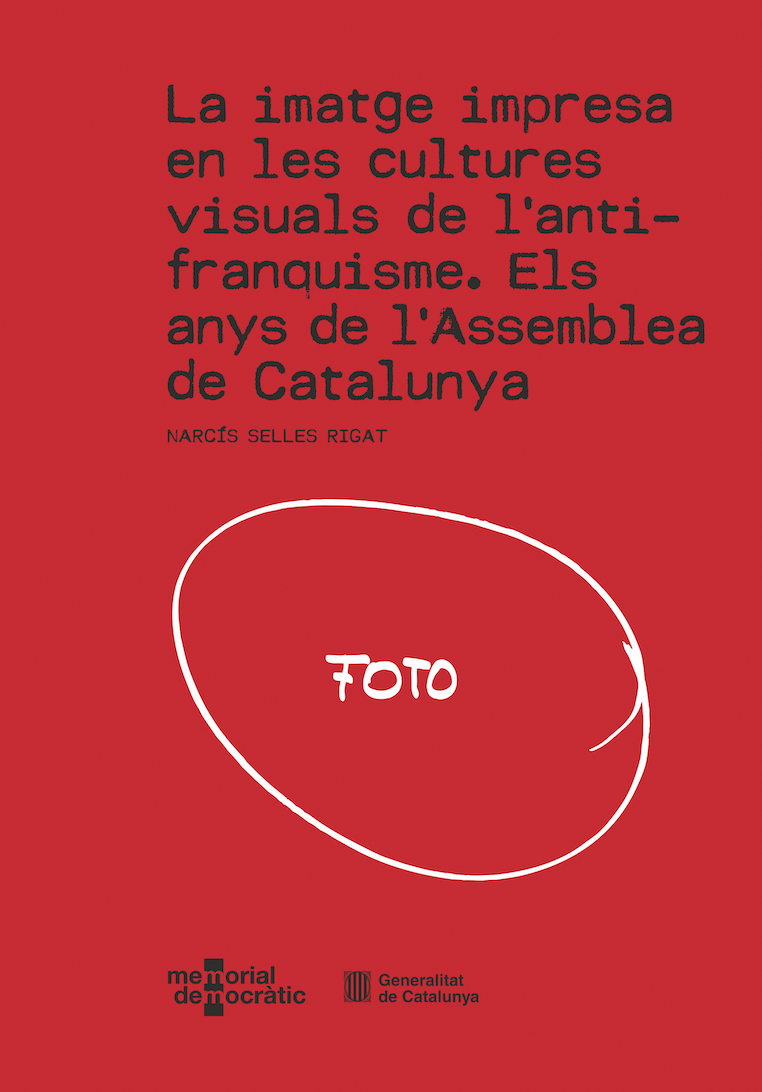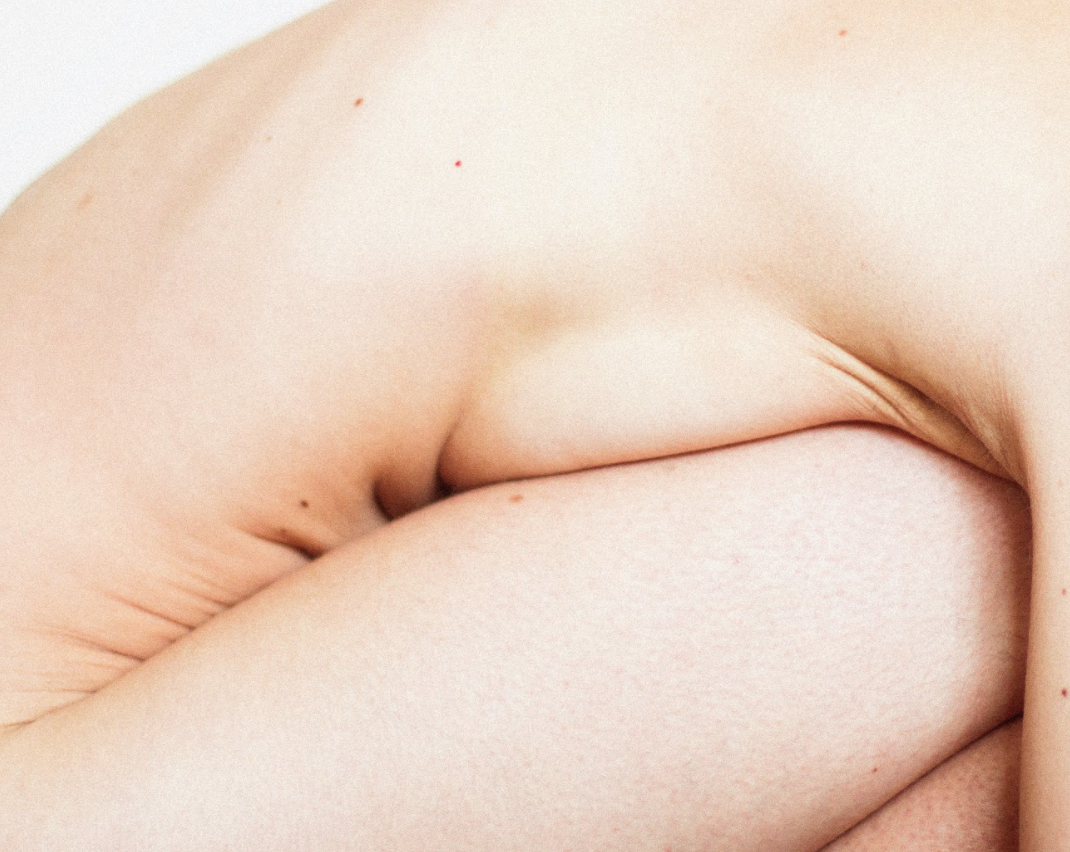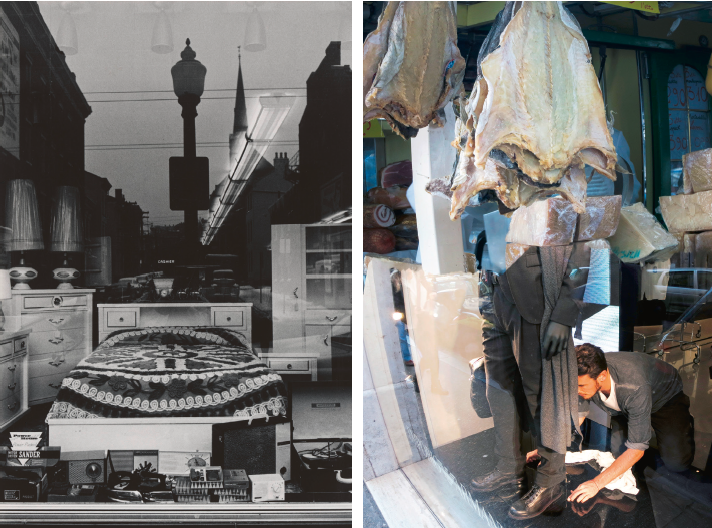Exhibitions
Girona Art Museum recovers the work and life of the artist Santiago Mateu i Pla
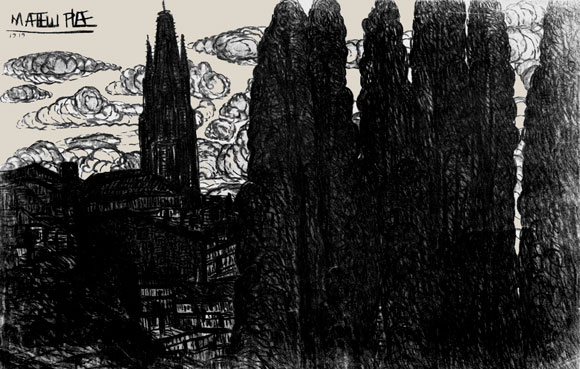
The Girona Art Museum hosts. from May 28 to November 1, the exhibition by Santiago Mateu i Pla, shows that he recovers the work and life of the artist from Badalona, highlighting his connection with Girona.
Santiago Mateu i Pla (Malgrat de Mar, 1891-Badalona, 1935) is an almost unknown artist but of considerable value in the field of drawing, in which he achieved a personal style and a certain notoriety. His untimely death in 1935 at the age of forty-three, the fact that he had not professionalized as a cartoonist and the cut that meant the Civil War caused him to fall into oblivion. The study and research that the art historian Nuria Casals dedicated to the artist, published in the Bulletin of the Royal Catalan Academy of Fine Arts of Sant Jordi in 2020, was its rediscovery and one of the first attempts to recover this artist who loved Girona.
The recent exhibition at the Museu de Badalona, which in Girona is the title of Núria Casals' studio, has allowed a large part of her work to be disseminated. The exhibition exhibits a dozen drawings from the Museu de Badalona, in addition to those kept by the Museu d'Art de Girona, from the Fons de la Diputació de Girona, and others from family and private collections. , never exposed until now. A total of 38 works that allow an approach to the figure of this artist still very unknown today. His medium and small format landscapes, especially of Girona and its counties, as well as the charcoal drawings, were considered by some critics the greatest success of its production. Many of them with vigorous strokes and well saturated with black, contrast with others in pencil and ink, of slow, meticulous workmanship, some of execution close to pointillism.
Matthew's work evolved from an early academicism to a drawing of very free and spontaneous strokes. The charcoal drawings were considered by some critics to be the greatest success of their production. Many of them with vigorous strokes and well saturated with black, contrast with others in pencil and ink, of slow, meticulous workmanship, some of execution close to pointillism. Around 1920 he also began to practice a detailed and meticulous drawing that earned him the praise of some critics - especially Joan Sacs (Feliu Elias) - and some distinctions, such as those obtained in 1931 in a competition coordinated by Center Excursionista de Catalunya, within the framework of a study project of the Catalan farmhouse. The theme of his works focused on urban views, seascapes, gardens, farmhouses and landscapes in general, with a special predilection for Girona and its surroundings. In fact, Mateu i Pla met Girona very early, around 1911-1912 for professional reasons, as he had to go there because it was part of the area that was assigned to the company where he worked as a sales representative. .
He was fascinated by the city - and the surrounding villages - and often drew drawings. He himself recalled this years later, in a 1932 letter addressed to his friend and friend Carles Rahola from Girona: and then still in embryo. Vareig eagerly followed all the counties of the county; the Costa Brava, a geological and luminous marvel, the cordial Baix Empordà, the Selva, with a shady landscape, the Gerda Garrotxa, the Dantesque Ripollès, the dry and cut Alt Empordà ... ”


